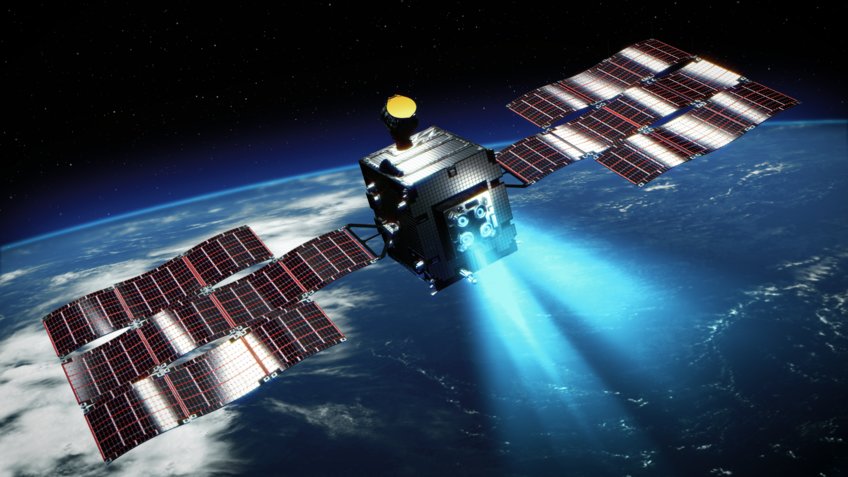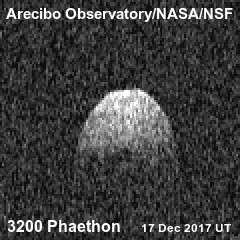
DESTINY+
Mission to the active asteroid Phaethon
(Image credit: JAXA/Kashikagaku - it shows an artist’s impression of the spacecraft)
DESTINY+ (Demonstration and Experiment of Space Technology for INterplanetary voYage for Phaethon fLyby and dUSt analysis) is a joint mission of the Japanese space agency JAXA and the German Aerospace Center DLR. The launch of the spacecraft is scheduled for 2024 and it will perform a close flyby of asteroid (3200) Phaethon in January 2028 at a distance of only 500 kilometers. Already during the four-year interplanetary cruise phase, DESTINY+ will study the chemical composition and distribution of cosmic dust in the inner solar system.
Phaethon is the parent body of the Geminids, a shooting star (meteor) shower that can be observed with the naked eye every December far from the light-flooded big cities. During its orbit around the Sun, Phaethon, which is only about 6 kilometers in diameter, approaches our central star to about 20 million kilometers, causing its surface to heat up to more than 700 degrees Celsius. This causes large quantities of particles to be released and form a dust cloud which follows Phaethon on its orbit around the Sun. If the Earth crosses this particle cloud, the particles burn up in the Earth's atmosphere and become visible as shooting stars.
As an active asteroid, Phaethon is a link between comets, which become active and release gas and dust as they approach the Sun, and asteroids. Some of these small bodies are considered to be inactive cometary nuclei that have used up all of their volatile material and are now orbiting the Sun as cometary remnants.
Phaethon shows strong similarities to a class of asteroids that have a high content of carbon compounds on their surface (C-class asteroids). They form the most common group in the asteroid belt between Mars and Jupiter and are considered to be the origin of a particularly interesting type of meteorites, the carbonaceous chondrites. These are the oldest known meteorites in our solar system. It is therefore to be expected that the material analyses of Phaethon will show similarities with the carbonaceous chondrites. It is possible that dust particles from such carbonaceous small bodies provided the basic building blocks for the origin of life on our home planet long ago. The Phaethon investigations promise to provide new insights into the evolution of these small celestial bodies and the early solar system.
DESTINY+ will have a total of three scientific instruments on board. These are two cameras being developed by Japanese research institutions and a dust particle analysis instrument (DESTINY+ Dust Analyzer, DDA), contributed by the University of Stuttgart. The MPS is scientifically involved in the dust investigations with DDA and is responsible, among other things, for the development of models for cosmic dust in the inner solar system. These models serve to prepare the dust measurements, and they also form an important basis for the analysis and interpretation of the data collected during mission operation with the DDA instrument.
The Destiny+ Dust Analyzer project is funded by the German Aerospace Center **(DLR)**.
Scientific Participations of the MPS:
Science lead of the DDA science team, development of models for interplanetary and interstellar dust in the solar system, member of the Science Board of the DESTINY+ mission.
MPS scientists involved in DESTINY+:
Krüger, Harald
Strub, Peter (Guest scientist, University of Stuttgart)

